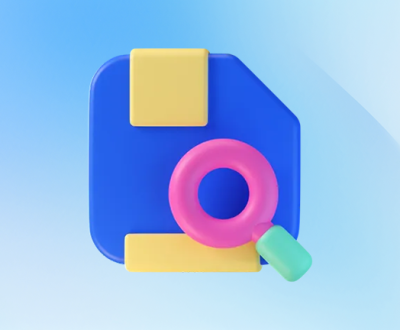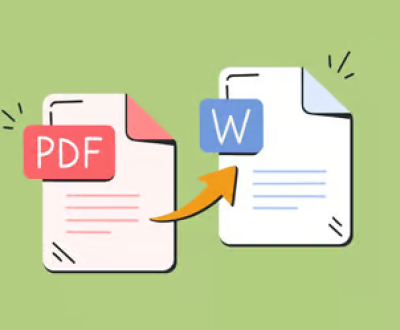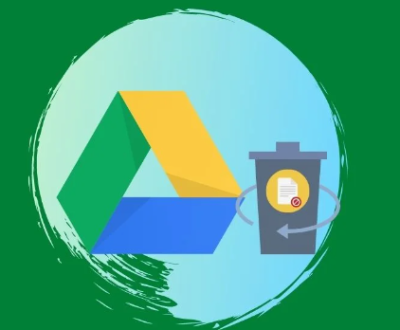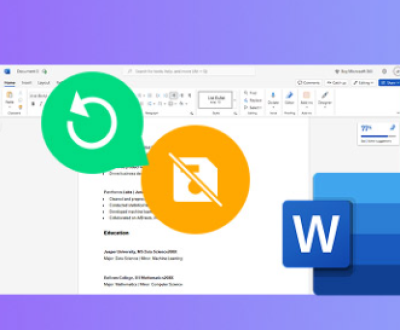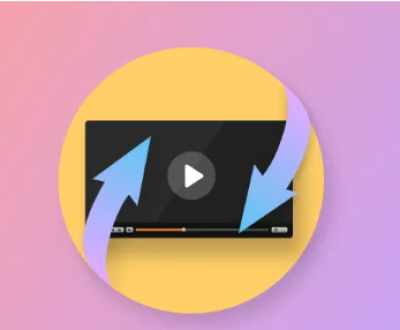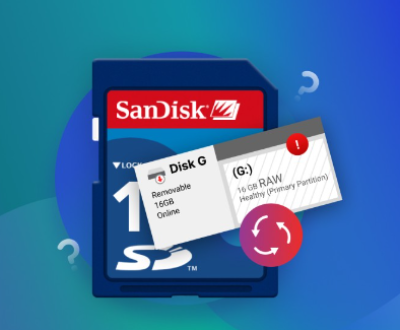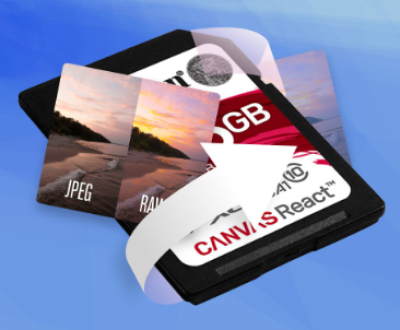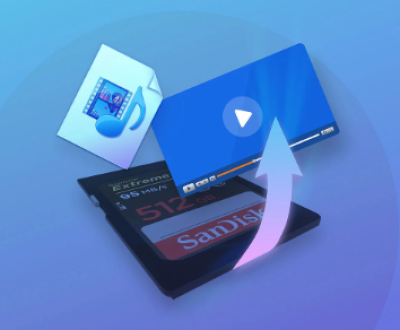USB flash drives are some of the most convenient and widely used storage devices. Compact, portable, and generally reliable, they’re essential tools for students, professionals, and everyday users alike. However, even the most reliable USB drive can eventually run into problems corrupted data, unreadable format, or complete failure to be recognized by your computer.
Part 1: Diagnosing the Problem
Before jumping into repair methods, it’s crucial to identify the specific issue you’re facing. Here are some common USB flash drive problems:
1. USB Drive Not Recognized
Drive doesn’t show up in File Explorer or Finder
No drive letter assigned
Device not found in Disk Management or Device Manager

2. File System Corruption
Message asking you to format the drive
File names appear as symbols
Can’t open or delete files
3. Drive Becomes Read-Only
Unable to copy, delete, or modify files
Error: “This disk is write-protected”
4. Physical Damage
Bent USB connector
Drive heats up excessively
Not detected on any computer
Part 2: Basic Troubleshooting Steps
Let’s start with the simplest solutions:
1. Try a Different USB Port or Computer
It may seem obvious, but sometimes the issue is with your USB port or system.
Plug the USB into a different port on your PC
Try it on another computer
Avoid using USB hubs—use direct ports
2. Restart Your Computer
A reboot can clear driver or software glitches that may be affecting USB functionality.
3. Check Device Manager (Windows)
Press Win + X and select Device Manager
Expand Disk Drives or Universal Serial Bus controllers
Look for yellow warning icons
Right-click the USB device and select Update driver or Uninstall, then reconnect the drive
4. Use Disk Management (Windows)
Press Win + X, select Disk Management
Look for your USB under volume list
If it appears as RAW, the file system is corrupted
If no drive letter, right-click > Change Drive Letter and Paths
If Unallocated, you may need to format or partition
Part 3: Repair Tools and Methods
1. Use CHKDSK (Check Disk) on Windows
This is the most common method for repairing logical file system errors.
Steps:
Connect your USB drive
Open Command Prompt as Administrator
Type:
bash
CopyEdit
chkdsk E: /f /r /x
(Replace “E:” with your USB drive letter)
/f fixes errors
/r locates bad sectors
/x forces dismount before scan
Let it run fully. Once completed, you’ll get a status message indicating whether errors were found and fixed.
2. Use Disk Utility (macOS)
If you’re using a Mac:
Open Disk Utility
Select your USB flash drive
Click First Aid
Run the tool and follow prompts
3. Reformat the USB Drive (Last Resort)
If recovery isn’t possible, reformatting may bring the drive back to usable condition.
On Windows:
Open File Explorer
Right-click USB drive > Format
Choose:
File System: FAT32 or exFAT
Allocation Size: Default
Check Quick Format or uncheck for deep format
Click Start
On Mac:
Open Disk Utility
Select USB > Click Erase
Format as ExFAT (cross-compatible) or Mac OS Extended (Journaled) if Mac-only
⚠️ Formatting will erase all data. If you need to recover files first, skip ahead to the data recovery section.
Part 4: Fixing Write Protection
Sometimes, USBs become read-only. Here’s how to remove write protection:
1. Physical Lock Switch
Some USB sticks have a small physical switch. Make sure it’s not in the “lock” position.
2. Using Registry Editor (Windows)
Steps:
Press Win + R, type: regedit, and hit Enter
Navigate to:
sql
CopyEdit
HKEY_LOCAL_MACHINE\SYSTEM\CurrentControlSet\Control\StorageDevicePolicies
Double-click WriteProtect
Change value from 1 to 0
Restart PC and reconnect USB
If the key doesn’t exist, you can create it manually.
Part 5: Data Recovery Before Formatting
Panda Assistant
A corrupted or malfunctioning USB flash drive can be incredibly frustrating, especially when it contains important files. Panda Assistant offers a reliable and user-friendly solution to help diagnose and repair USB flash drive issues, making data recovery and device restoration accessible even for beginners.
When you connect a damaged USB flash drive to your computer, Panda Assistant automatically detects it and analyzes the drive’s structure. It checks for file system errors, bad sectors, and partition problems that could prevent the drive from working properly. Once the scan is complete, Panda Assistant displays a detailed report and offers one-click repair options tailored to the type of damage found.
Part 6: Fixing Unallocated or RAW USB Drives
1. Create a New Partition
If your USB is unallocated:
Open Disk Management
Right-click on unallocated space > New Simple Volume
Follow the wizard to assign a drive letter and format
2. Convert RAW to NTFS without Formatting
Use CMD:
lua
CopyEdit
format E: /FS:NTFS
Or third-party tools like MiniTool Partition Wizard.
Part 7: Advanced Tools and Recovery Software
If all else fails, try:
1. HP USB Disk Storage Format Tool
Works when Windows Format fails
Can restore damaged drives to factory settings
2. Low-Level Format Tool
Wipes all sectors and restores low-level structure
Use with caution—completely erases all data
Part 8: Physical Repair Tips (If Hardware Is the Problem)
1. Bent USB Connectors
Avoid plugging in if port is physically damaged
Use USB extension cables or a repair service
2. Flash Chip Desoldering (Advanced)
For high-value data only
Requires professional data recovery service
Part 9: Prevention Tips
Safely eject USB every time
Avoid full capacity usage
Back up important files
Use antivirus to scan USB on every connection
Avoid cheap, unbranded USB sticks
About us and this blog
Panda Assistant is built on the latest data recovery algorithms, ensuring that no file is too damaged, too lost, or too corrupted to be recovered.
Request a free quote
We believe that data recovery shouldn’t be a daunting task. That’s why we’ve designed Panda Assistant to be as easy to use as it is powerful. With a few clicks, you can initiate a scan, preview recoverable files, and restore your data all within a matter of minutes.
Subscribe to our newsletter!
More from our blog
See all postsRecent Posts
- How to recover lost files on sd card 2025-07-18
- How do i recover a lost document in word 2025-07-18
- How to recover lost files on windows 10 2025-07-18

 Try lt Free
Try lt Free Recovery success rate of up to
Recovery success rate of up to

